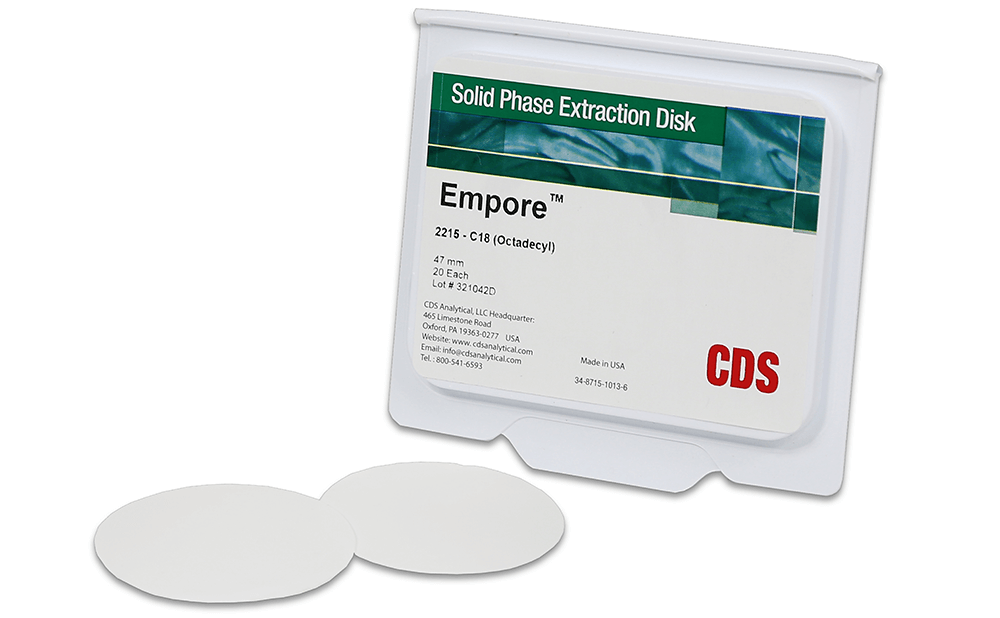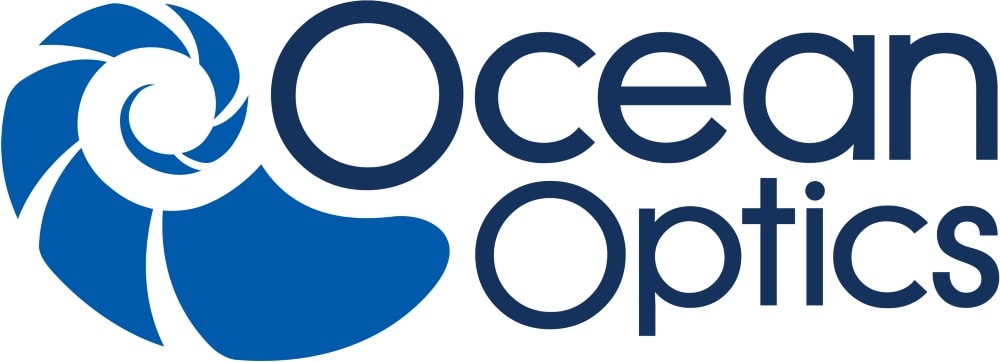Introduction
The target analyte list for EPA Method 525.2 is comprised of 110 compounds that are representative of four organic compound classes as pesticides, polynuclear aromatic hydrocarbons, PCBs, phthalates and adipates. Method detection limits (MDLs), as published in the method, ranges from 0.03-2.4μg/L and the recovery rate varies from 20 – 180% for each individual compound. Furthermore, after averaging each compound within the four compound classes, the averaged recovery rate for each class is:
- Pesticides 108%
- PCBs 108%
- Phthalates & Adipates 116%
- PAHs 112%
EPA Method 525.2 specified SPE disks as the sample preparation tool for the cleanup and concentration of organic contaminants from drinking water samples1,2. There are two challenges in the methods in the sample preparation as (1) large sampled volume at 1 liter, and (2) low pH at 2. EmporeTM C18 disks can consistently tackle with these challenges without loss of C18 phase from the silica support in the disks. EPA Method 525.2 specially warned that stripping C18 phase in the extraction disk packing will complicate the chromatographic analysis with high background, which could obscure the testing results on compounds of interests.
In this application note, a one-liter water sample was passed through a 47mm C18 Empore™ disk and eluted with ethyl acetate and methylene chloride under negative pressure. Then the extract was dried and reduced in volume down to 1.0 mL and future analyzed by GC/MS.
The validation data presented herein was determined on three separate lots of C18 disks. MDLs were not discussed as it relies on the GC/MS instrument setup. The recovery rate and RSDs were the key focus. In addition to the analytes listed in EPA Method 525.2, recovery data for an extended list of analytes is also studied.






